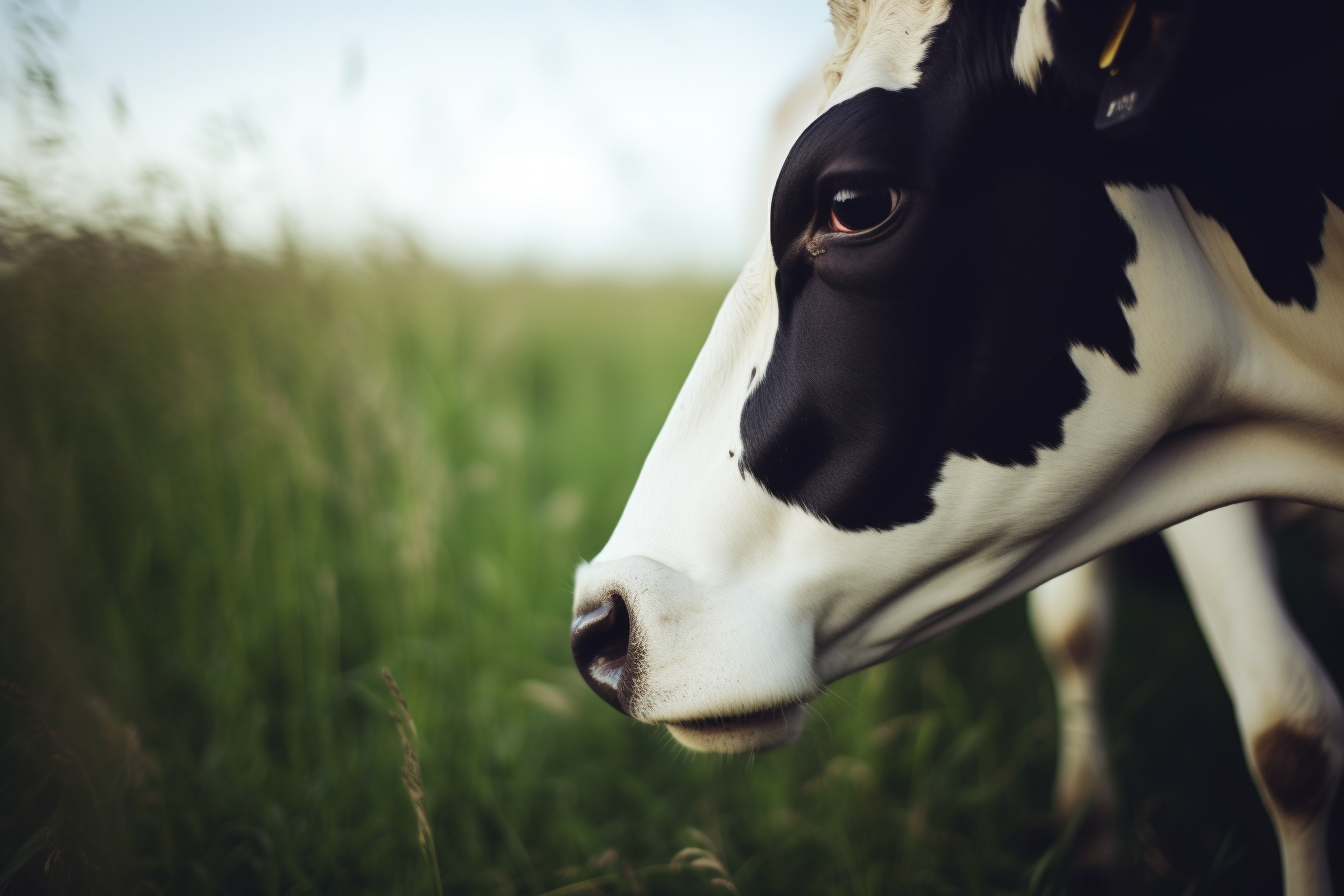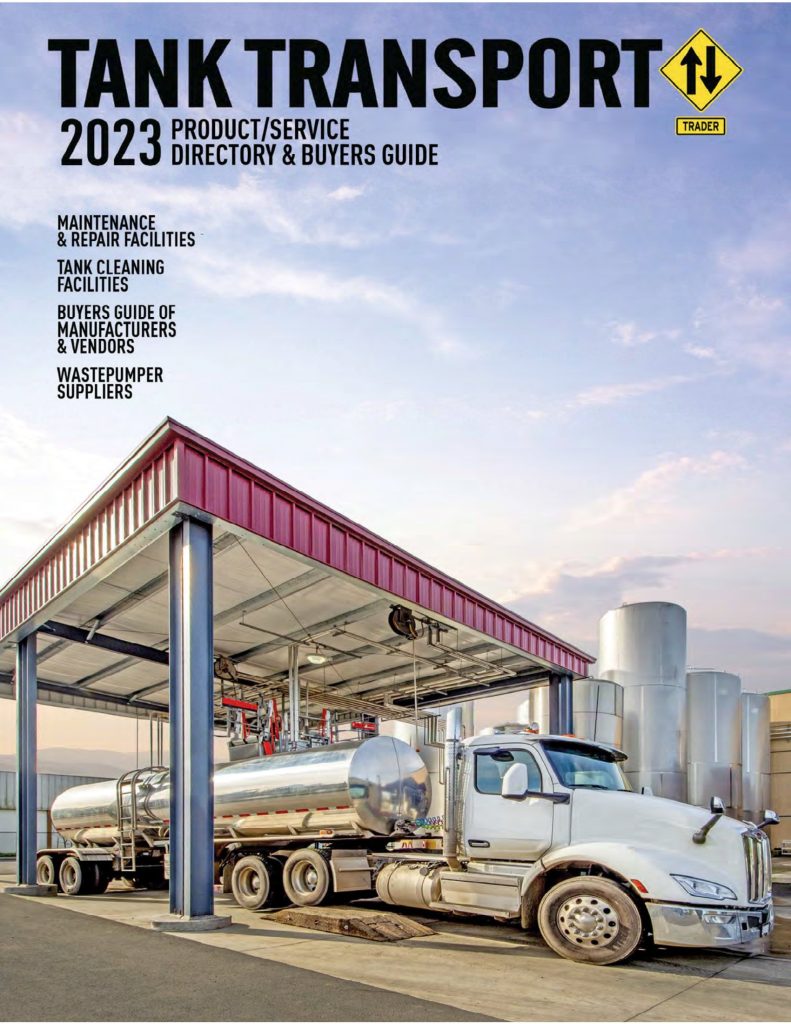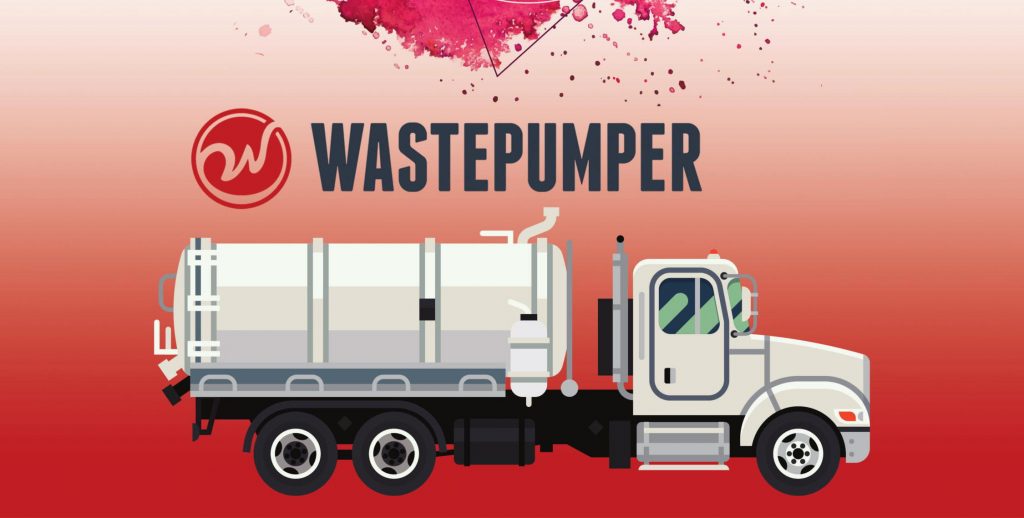- Discover how the National Milk Testing Strategy empowers state officials to detect H5N1 early and strengthen dairy farm biosecurity measures.
- Learn how new USDA raw milk testing protocols ensure consumer trust and inform effective outbreak response.
- Understand how structured HPAI H5N1 monitoring guides states through a five-stage plan to maintain a safe, resilient dairy industry.
The U.S. Department of Agriculture (USDA) has issued a new Federal Order as part of its National Milk Testing Strategy to combat the spread of HPAI H5N1 in dairy herds. This directive mandates that raw, unpasteurized milk samples be collected nationwide and shared with USDA for testing, representing a significant step forward in USDA raw milk testing and public health surveillance.
For more information on how federal agencies shape the milk hauling landscape, visit our USDA updates page.
Implementing the National Milk Testing Strategy
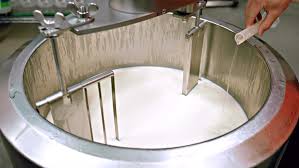
By testing milk silos and bulk tanks, officials can identify infected herds and protect the national milk supply.
The National Milk Testing Strategy is the cornerstone of USDA’s response to the H5N1 outbreak in dairy cattle. Under the newly issued Federal Order, dairy farms, bulk milk transporters, bulk milk transfer stations, and dairy processing facilities must comply with nationwide raw milk sampling. This requirement enables authorities to identify infected herds promptly and apply targeted interventions to prevent the disease from spreading further.
This strategy works in close alignment with the Pasteurized Milk Ordinance (PMO) and other food safety regulations, ensuring that any pathogens present in raw milk do not make it to the consumer level. By enforcing comprehensive testing protocols, the USDA aims to maintain consumer trust in the dairy industry’s resilience and the integrity of the national milk supply chain.
Learn more about how raw milk transportation practices impact industry response on our raw milk transport coverage.
Enjoying our insights?
Subscribe to our newsletter to keep up with the latest industry trends and developments.
Stay Informed“This new milk testing strategy will provide a roadmap for states to protect the health of their dairy herds, giving farmers and farmworkers better confidence in the safety of their animals and ability to protect themselves.” – Agriculture Secretary Tom Vilsack
How the National Milk Testing Strategy Addresses H5N1
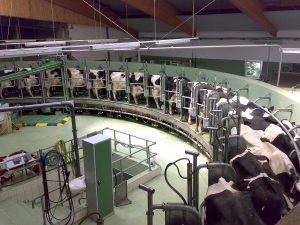
A new federal order requires nationwide testing of raw milk to track H5N1 in dairy herds.
The mandated testing follows a data-driven approach:
- Early Detection: Milk silo testing at processing facilities helps pinpoint regions affected by HPAI in dairy cattle. Once detected, targeted bulk tank sampling narrows down specific herds.
- Rapid Response: With early insights, state animal health officials can swiftly enact biosecurity protocols, movement controls, and isolation measures to contain the virus and protect farmworkers.
- Continuous Monitoring: By integrating herd-level monitoring into the larger national framework, the USDA bolsters its H5N1 outbreak response, ensuring that no infected milk enters the consumer market.
These measures reflect an unwavering commitment to pathogen detection and a proactive stance against public health risks. Through structured interventions, the National Milk Testing Strategy reassures stakeholders, from farmers to consumers, that the USDA is vigilant and prepared to manage emerging threats.
Explore how cattle health influences milk transport logistics in our cattle reports.
Five Stages of the National Milk Testing Strategy
- Stage 1 – National Plant Silo Monitoring: Under this initial stage, mandatory USDA raw milk testing begins at dairy processing facilities. Silo samples help locate where HPAI H5N1 may be present, guiding subsequent actions.
- Stage 2 – State H5N1 Dairy Status Determination: With silo data in hand, state-level testing transitions to bulk tank sampling. This step identifies precisely which herds are infected, refining the focus of containment efforts.
- Stage 3 – Detecting and Controlling the Virus in Affected States: In states where infected herds are confirmed, officials can rapidly deploy enhanced biosecurity protocols, restrict movements, and launch contact tracing to prevent further spread.
- Stage 4 – Sustaining Absence of H5N1: After infected herds are cleared, ongoing but gradually reduced sampling ensures the virus remains absent. As the state proves long-term negativity, sampling frequency decreases accordingly.
- Stage 5 – National Freedom from H5N1: When all states achieve stable negativity, the nation collectively demonstrates lasting freedom from H5N1. Periodic testing continues to validate the enduring safety of the US dairy population.
Discover the latest trends in dairy hauling and processing at our dedicated dairy transport news section.
Ensuring Compliance and Accurate Reporting

Data-driven decisions, timely reporting, and rigorous testing maintain consumer trust in pasteurized milk.
The Federal Order compels timely and accurate reporting from private laboratories and state veterinarians. Any positive results must be communicated directly to USDA, ensuring no delays in HPAI H5N1 monitoring and response. This level of accountability fosters a trustworthy environment where decisions can be made with reliable data.
States with existing testing programs can integrate them into the National Milk Testing Strategy. By merging efforts, states can seamlessly move from broad silo-level surveillance to precise, herd-level detection. This synergy enables a streamlined approach, minimizing disruption while maximizing the impact on disease eradication.
Keep up with regulatory changes affecting milk haulers and carriers at our transport regulations updates.
Strengthening Dairy Farm Biosecurity and Worker Safety
Biosecurity is central to halting disease transmission within the dairy sector. Under the National Milk Testing Strategy, states and producers receive guidance on enhancing sanitation protocols, utilizing personal protective equipment (PPE), and limiting exposure risks for farmworkers.
These steps protect both animal and human health. Enhanced vigilance, improved facility management, and education ensure that everyone involved in milk production understands how to prevent H5N1 from spreading. The strategy’s emphasis on dairy farm biosecurity reassures stakeholders that the USDA prioritizes the well-being of workers and herds alike.
See how farm-level changes affect milk hauling networks on our farming insights page.
State-by-State Adaptation for Effective Implementation

Ongoing surveillance and strategic oversight build a more resilient dairy sector for the future.
Not all states face identical challenges. The USDA collaborates closely with state animal health officials to tailor the testing strategy, ensuring it meets each region’s unique needs. Bulk milk sampling plans, resource allocation, and testing frequency can be adjusted without compromising the core principles of uniformity, transparency, and accuracy.
This flexibility ensures that all states, regardless of their current status or infrastructure, can progress efficiently through the five stages. It fosters cooperation, empowering local authorities to protect their dairy industries against ongoing or future threats.
Stay informed about evolving standards that shape safe milk transportation on our food safety in transport coverage.
Data Transparency and Public Confidence
USDA’s public reporting of test results fosters transparency and builds trust. Producers, regulators, retailers, and consumers can track progress as states move from infected to disease-free status. By openly sharing data and outcomes, the strategy underscores that safety and confidence in the milk supply are paramount.
Long-Term Preparedness and Resilience
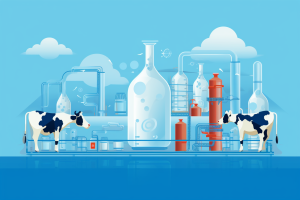
Comprehensive sampling and clear progress milestones guide each state toward long-term disease freedom.
While the immediate goal is controlling the current H5N1 outbreak, the National Milk Testing Strategy sets the stage for long-term resilience. Lessons learned, strengthened biosecurity measures, and effective collaborations at local and national levels create a robust blueprint for future response efforts. Should another avian influenza outbreak or similar threat emerge, the industry will be better equipped to respond swiftly and decisively.
Brief Synopsis:
This USDA-mandated National Milk Testing Strategy, backed by a new Federal Order requiring raw milk sample collection and testing, provides a structured, five-stage framework to detect and address H5N1 in dairy herds. By leveraging milk silo testing, bulk tank sampling, and transparent data reporting, the strategy ensures prompt responses, safeguards workers, and maintains consumer confidence in pasteurized milk. Through flexible state-by-state adaptation and strong biosecurity protocols, the US dairy population stands better prepared to mitigate current and future disease threats.
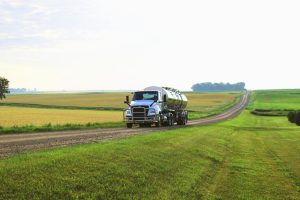
Enhanced biosecurity measures and prompt response steps help safeguard farmworkers and the broader community.
FAQ Section
Q1: How does the new Federal Order affect dairy operations?
The new Federal Order mandates that raw, unpasteurized milk samples be collected and shared with the USDA for testing. This ensures early H5N1 detection, guiding timely interventions to protect herds, workers, and the overall milk supply.
Q2: Will this testing strategy impact milk prices or availability?
While testing adds a layer of scrutiny, its primary goal is preventing widespread infections that could disrupt the dairy sector. By rapidly containing potential outbreaks, the strategy aims to preserve stable operations, ultimately helping maintain both price stability and consistent supply.
Q3: How does pasteurization fit into this strategy?
Pasteurization remains a critical safeguard. Even if asymptomatic cows produce milk containing H5N1, the pasteurization process effectively neutralizes the virus. The National Milk Testing Strategy complements this process by identifying infected herds early and preventing contaminated raw milk from reaching the market in the first place.
Key Developments in the National Milk Testing Strategy
- Enhanced nationwide raw milk sampling for early HPAI H5N1 detection
- Five-stage framework guiding states from initial testing to sustained disease freedom
- Integration of biosecurity protocols, movement controls, and herd-level monitoring
- Transparent data reporting and ongoing adaptation to meet regional dairy industry needs
Explore Related Resources and Insights
- Federal Order on HPAI H5N1 in Livestock: Review the USDA’s Federal Order mandating testing and reporting of HPAI H5N1 in livestock. APHIS
- CDC’s Summary on H5N1 in Dairy Cows: Understand the current situation of H5N1 bird flu in U.S. dairy cattle and associated human health implications. CDC
- HPAI in Livestock: Access detailed information from the USDA’s Animal and Plant Health Inspection Service on HPAI detections in livestock. APHIS
- Dairy Herd Status Program: Explore the USDA’s program aimed at monitoring and maintaining the health status of dairy herds concerning HPAI. APHIS
- USDA’s Actions to Protect Livestock from H5N1: Read about the USDA’s measures to safeguard livestock health against highly pathogenic H5N1 avian influenza. APHIS
- HPAI A(H5N1) Transmission Among Dairy Cattle: Delve into findings and safety measures regarding HPAI A(H5N1) transmission among U.S. dairy cattle. University of Nebraska Medical Center
- HPAI Factsheet for the Dairy Industry: Review key information pertinent to the dairy industry and consumers regarding HPAI. Cornell CALS
- Resources for HPAI H5N1 in Cattle: Access a compilation of resources addressing HPAI H5N1 in cattle, provided by the University of Wisconsin-Madison. Dairy Extension
- 2020–2024 H5N1 Outbreak Overview: Gain insights into the timeline and impact of the H5N1 outbreak from 2020 to 2024. Wikipedia

